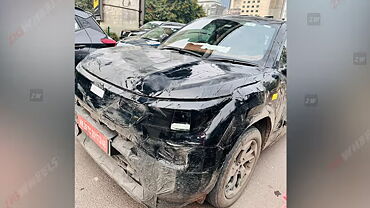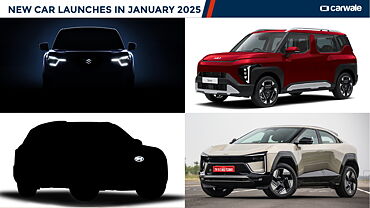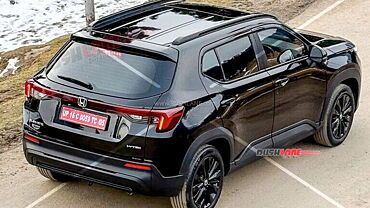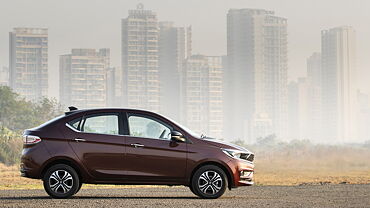
Porsche has just unleashed an entirely new 2017 Panamera and while we are already foreseeing it cocooning its occupants in suede luxury and annihilating fancy sports cars at the same time, we mustn’t forget the original Panamera.
Introduced in 2009, the Panamera has effectively managed to reconcile two contrasting yet important characteristics i.e. performance of a sports car and luxury of a high-end sedan. Dynamically it’s always been a class act; however, there is no getting away from the fact that the old Panamera is one awkwardly proportioned sedan.
All that has changed for the second-gen Panamera which, despite being bigger than the old model in every way, is a whole lot easier on the eye and looks really nice. So much so that it kind of makes us think whether this is the four-door 911 look that Porsche designers were originally going for.
In this ‘old versus new’ photo comparison, we have pitted both the cars to see what’s still familiar and more importantly, how well the Panamera has evolved as a sports car-rivalling super sedan.

Perhaps the greatest trait of the new Panamera is that it’s no longer the 911’s fat, distorted sibling. Porsche really has gone back to the drawing board and changed what always needed to be changed. The rear-end, for instance, is vastly improved and mimics Porsche’s low-slung sports cars with its 718 Boxster and Cayman-like pronounced haunches.

Besides the newfound muscle, the new Panamera also gets the interconnected full-width design of the taillights from the Mission E concept. Sure, it’s nowhere as other worldly as the concept but the new Panamera has definitely got good looks going for it.

The new Panamera is 34mm longer, 6mm wider and 5mm taller and yet, it appears much lower and longer than the old car. This is down to the roof that’s being lowered at the rear, front wheels that are shifted further forward and lastly, the rear overhang which is longer, giving the car a leaner stance.

The interior is where the old Panamera was beginning to show its age but as one would expect, Porsche has brought things right up to modern standards with the new model. It seems the typical upright Porsche dash has been reinterpreted for the future, what with the massive 12.3-inch screen dominating the interior.

What’s more, a lot of the conventional switches and knobs have been replaced by touch-sensitive panels and configurable displays in the digital instrument console that’s a lot like Audi’s Virtual Cockpit. In keeping with the current trends, the gear knob is now a stubby affair as opposed to the conventional taller stick in the old Panamera.

Like before, the new Panamera is being offered with a range of V6 and V8 engine options. There’s a V6 petrol, V8 petrol and V8 diesel, all mated to Porsche’s very complicated sounding PDK 8-speed dual-clutch gearbox. While the base-level engine (if you can call it that?) is a 2.9-litre twin-turbo V6 petrol unit with 440bhp and 550Nm of torque, the more powerful V8 represents the business end of things, developing 550bhp of power and 770Nm of torque. As for the diesel Panamera – one that’s bound to sell in decent numbers across several markets, there’s a 4-litre twin-turbo V8 unit putting out 422bhp and 850Nm of torque.
The new Porsche Panamera will hit the showrooms in Europe later this year. As for the Indian market, expect it to arrive at your nearest Porsche dealer sometime next year in both petrol and diesel form.

































